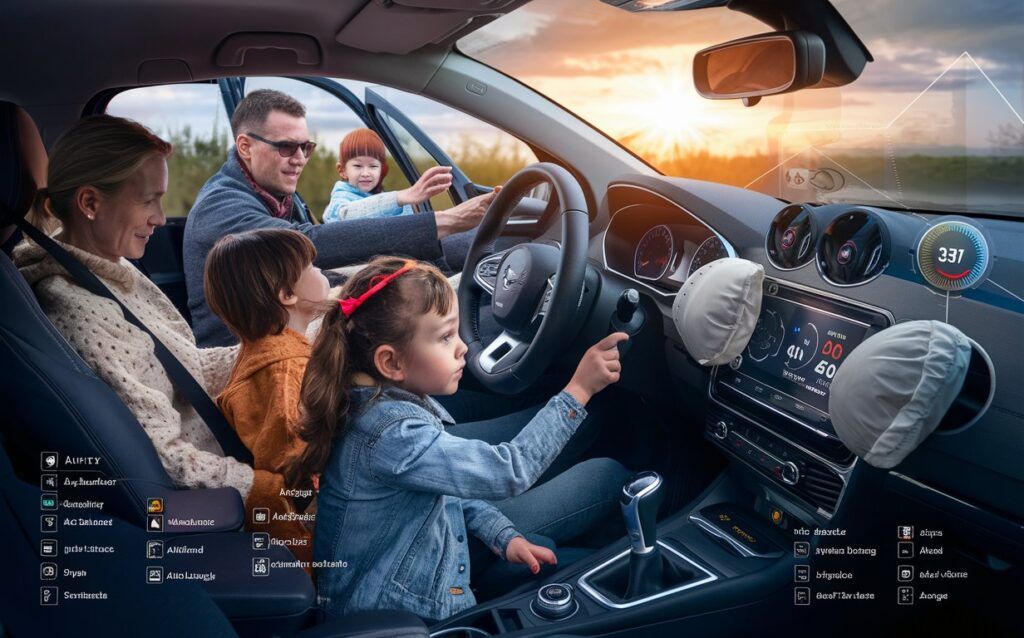Safety should be a top priority when choosing a new car. After all, you’re investing in a vehicle that will transport you and your loved ones on the road. Car manufacturers offer a wide range of safety features, but understanding what they do and how they work is important. Learn more about some key safety features to consider when evaluating a car before you buy it.
Crash Test Ratings
Two independent organizations conduct rigorous crash testing on most new car models: the National Highway Traffic Safety Administration and the Insurance Institute for Highway Safety. These organizations award ratings based on a car’s performance in different crash scenarios, including frontal collisions, side-impact crashes and rollovers. NHTSA uses a star-based rating system, with five stars being the best. IIHS offers a more detailed rating system, awarding scores of “Good,” “Acceptable,” “Marginal,” or “Poor” in various test categories. Prioritize cars with top ratings from both NHTSA and IIHS for optimal safety.
Active vs. Passive Safety Features
When thinking about buying a new RAM, Jeep, Dodge, Chrysler for sale, you need to understand that car safety features can be categorized as active or passive. Active safety features are designed to prevent accidents from happening. These include technologies like anti-lock braking systems, electronic stability control, forward collision warning, automatic emergency braking, lane departure warning and blind spot monitoring. These features can help you maintain control of the vehicle, warn you of potential dangers and even take automatic action to avoid a collision.
Passive safety features come into play in the event of a collision to minimize injury. These include airbags, seatbelts and crumple zones. Airbags deploy in a crash to cushion occupants, while seatbelts restrain them and prevent them from being thrown from the vehicle. Crumple zones are designed to absorb the impact of a collision and minimize damage to the passenger compartment.
Advanced Features for Additional Protection
Many cars offer advanced safety features that go beyond the basics. Some examples include:
- Adaptive cruise control
- Lane centering assist
- Night vision assist
- 360-degree camera system
While researching safety features online is important, don’t underestimate the value of a test drive to get a better sense of how the features operate and how they might benefit you in real-world driving situations.
Prioritize Features Based on Your Needs
The most important safety features for you will depend on your individual driving habits and needs. If you frequently drive long distances on highways, adaptive cruise control might be a valuable feature. If you often drive on busy city streets, blind spot monitoring could be a lifesaver. Consider your typical driving scenarios and prioritize the features that would be most beneficial to you.
Invest in Peace of Mind
Taking the time to evaluate a car’s safety features before you buy is an investment in your safety and the safety of those you share the road with. By understanding the different factors that go into safety features, you can choose a car that offers the highest level of protection. After all, peace of mind on the road is priceless.



